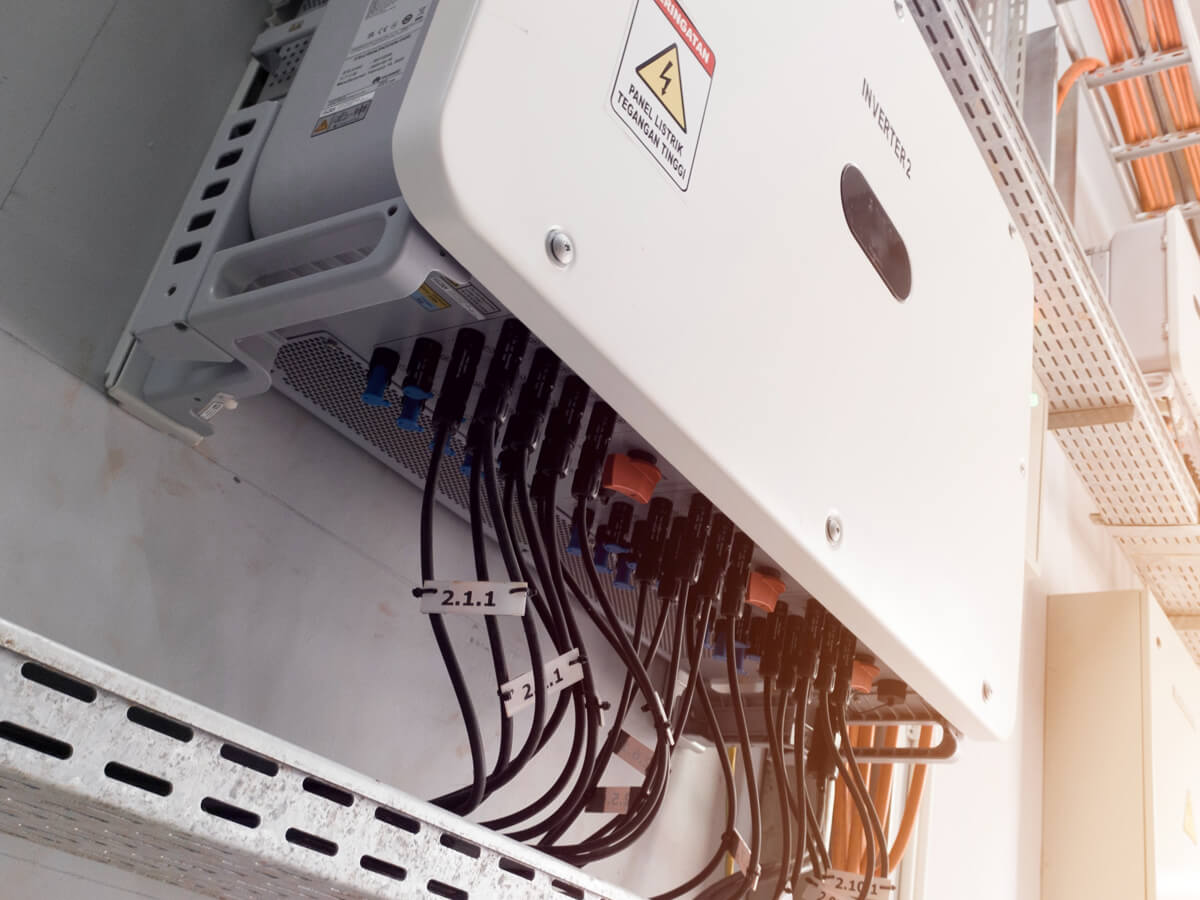Inverter Upgrades
Inverter Upgrades
There are many different reasons why you may require a new inverter. The main reasons are that the inverter is broken, coming to the end of its lifespan (usually 10 years) is not performing as well as it used to, or you are upgrading to a system with a battery and requiring a hybrid inverter.
A solar inverter is necessary to convert the DC electricity produced by the solar panels into AC electricity, which can be used to power your household appliances and devices. A solar inverter enables you to power your household appliances, integrate with the electrical grid, maximize power output, monitor system performance, and ensure safety and protection. The specific type and capacity of the solar inverter will depend on the size of your solar power system, your connection to the grid, and your specific needs and requirements.

About Us
At Solar Services Southwest, we take pride in providing innovative solar power solutions. Our dedicated team ensures to support your individual needs by maximising your power output allowing the inverter to optimise the power output by continuously tracking and adjusting. This maximises the power, of getting the most out of your investment. Built-in monitoring and communication features to ensure the safety, safeguarding and protection of your solar power system and of your home or business. With years of industry experience and a strong commitment to customer satisfaction, we offer a wide range of inverters to meet the diverse needs of residential, commercial, and industrial clients.
Contact South West Solar Services today to discover how our high-performance inverters can help you harness the power of the sun and achieve energy independence while reducing your environmental footprint.

FAQs

